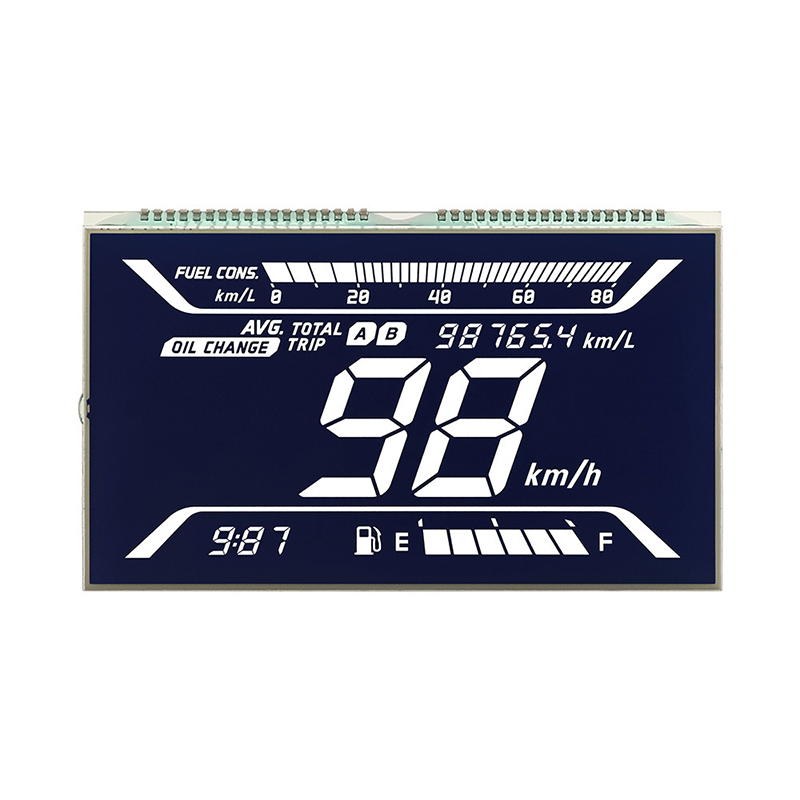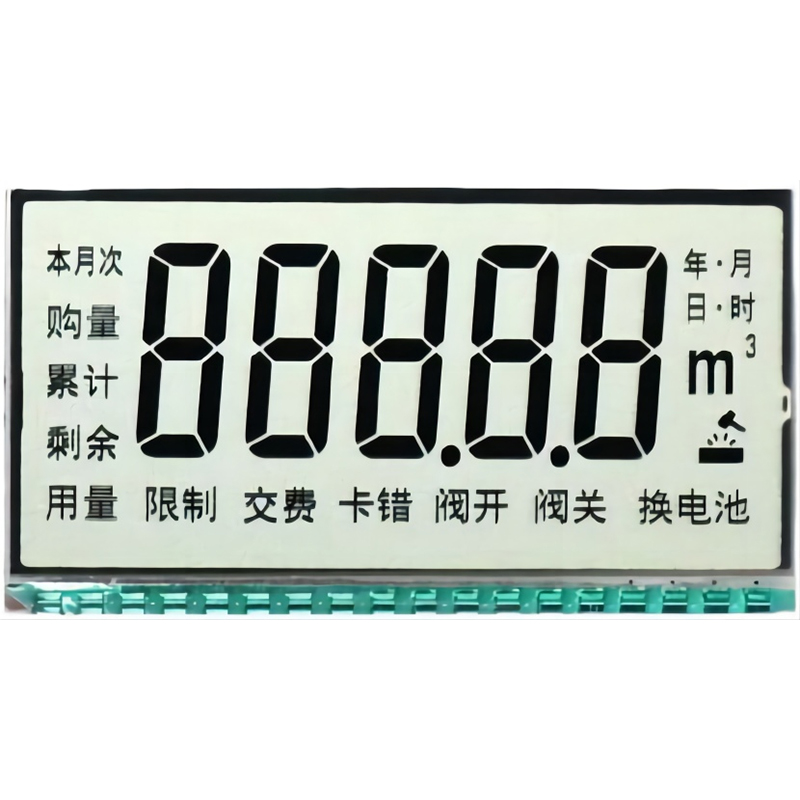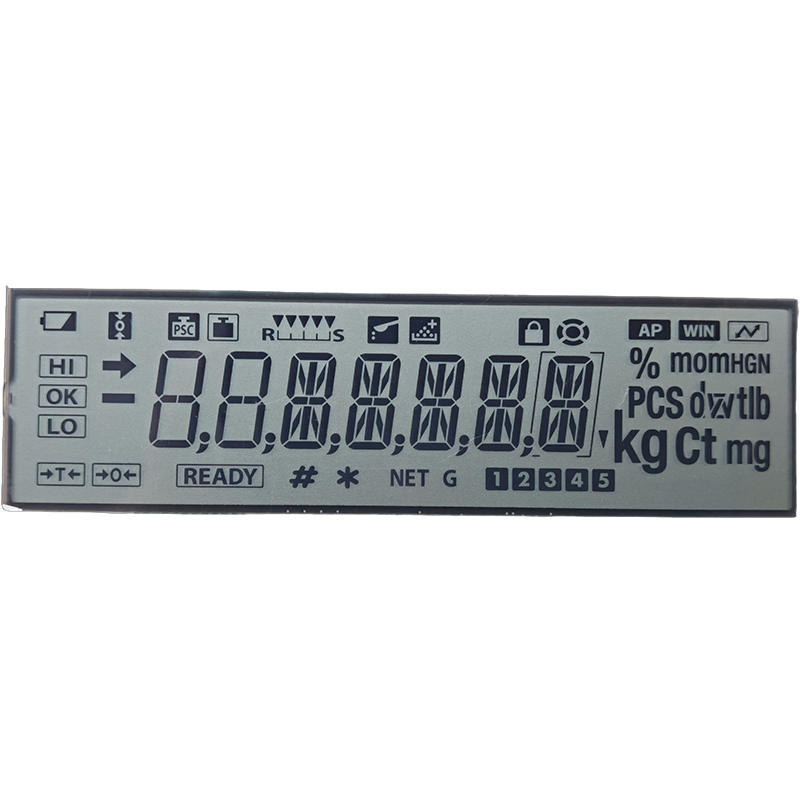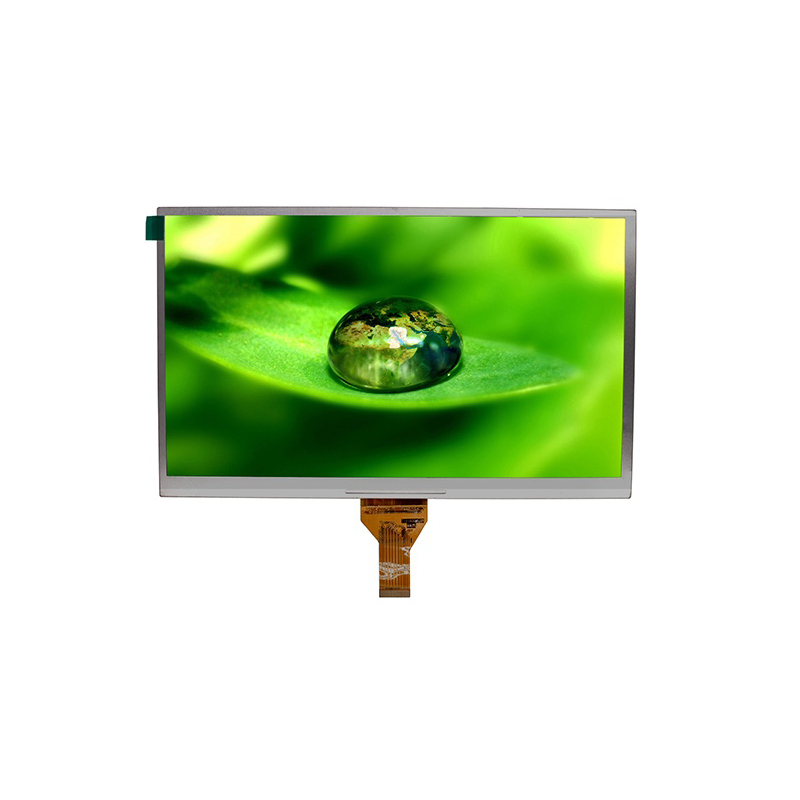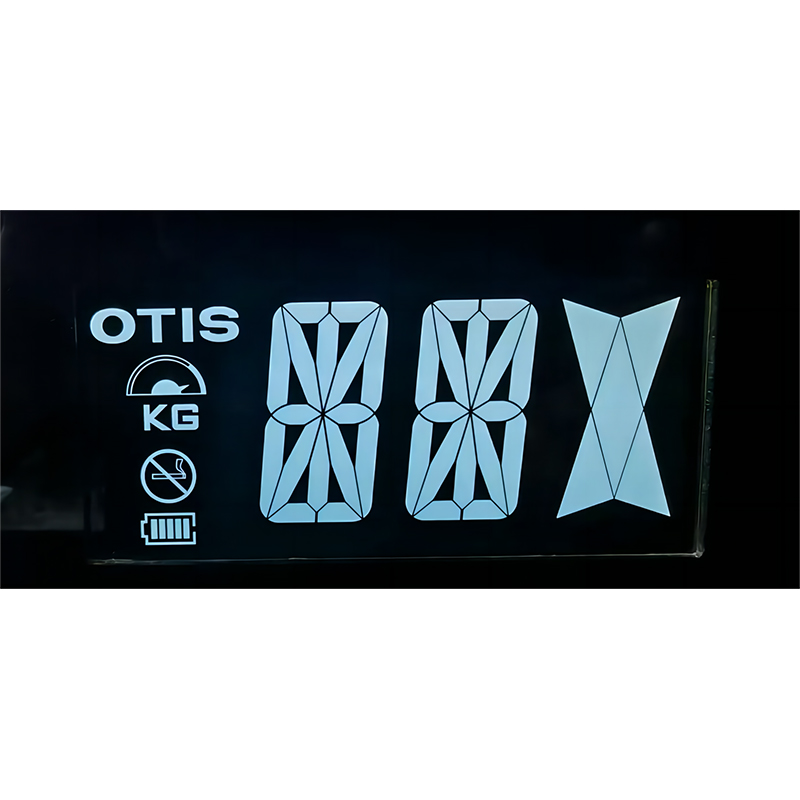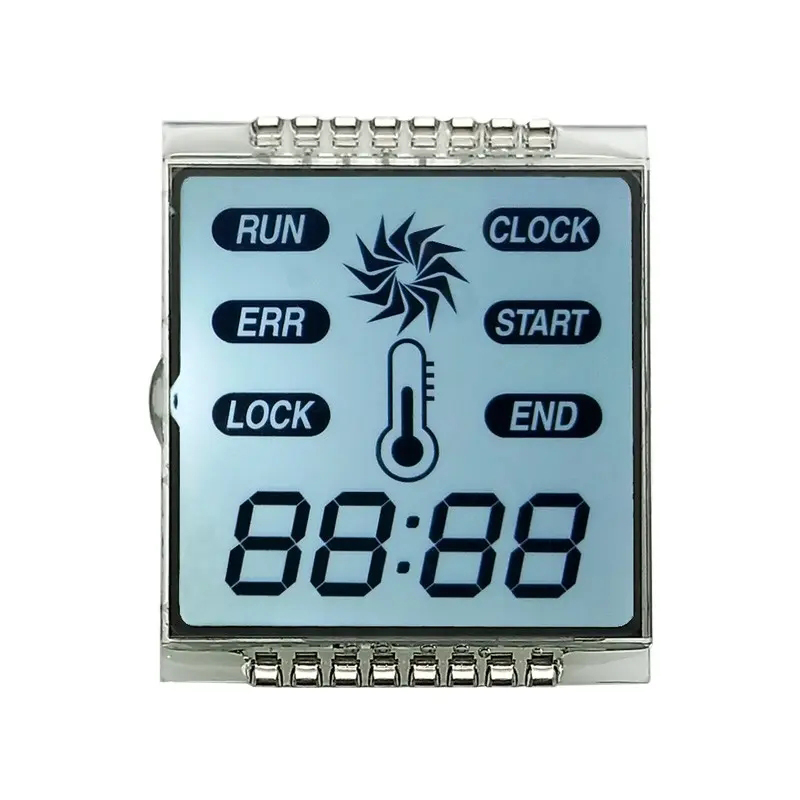3.2 Inch TFT Display: A Comprehensive GuideA 3.2-inch TFT display offers a versatile solution for various applications, from portable devices to industrial instrumentation. This guide explores the key features, specifications, and considerations when choosing a 3.2 inch TFT display for your project. We'll delve into resolution options, interface types, backlight choices, and more, providing you with the knowledge to make an informed decision.
Understanding 3.2 Inch TFT Displays
Resolution and Pixel Density
The resolution of a
3.2 inch TFT display is crucial for image clarity. Common resolutions include 240x320, 320x240, and higher. Higher resolutions offer sharper images, but also require more processing power. Pixel density directly impacts the visual sharpness – higher pixel density means crisper images. The optimal resolution will depend on your specific application requirements. For example, a higher resolution might be necessary for applications requiring fine detail, such as medical imaging or industrial control panels, while a lower resolution might suffice for simpler applications.
Interface Types
Several interface types are available for
3.2 inch TFT displays, including SPI, parallel, and RGB. SPI offers a simpler interface with fewer connections, making it ideal for smaller, more cost-sensitive projects. Parallel interfaces provide higher bandwidth, suitable for applications demanding fast data transfer rates. RGB interfaces are commonly used for direct connection to graphics controllers. The choice of interface depends on your system's capabilities and project needs. Consider factors like ease of integration, data transfer speed, and cost when making your selection.
Backlight Options
Backlight technology significantly impacts the display's brightness, power consumption, and lifespan. Common backlight options include LED and CCFL. LED backlights are known for their energy efficiency, longer lifespan, and ability to provide a wider range of brightness levels. CCFL backlights, while more mature technology, are often less energy-efficient and have a shorter lifespan. The selection depends on your priorities. High brightness might be needed for outdoor applications, whilst lower power consumption might be prioritized in battery-powered devices.
Touchscreen Functionality
Many
3.2 inch TFT displays offer integrated touchscreen functionality, enhancing user interaction. Resistive, capacitive, and projected capacitive touchscreens are common options, each with its own advantages and disadvantages. Resistive touchscreens are cost-effective but less durable, while capacitive touchscreens are more responsive and durable, but generally more expensive. Projected capacitive touchscreens offer the best performance and durability, but are also the most expensive. The choice depends on the level of interaction required, budget, and environmental factors.
Choosing the Right 3.2 Inch TFT Display for Your Needs
When selecting a
3.2 inch TFT display, several factors should be considered:
| Feature | Considerations |
| Resolution | Balance between image quality and processing power |
| Interface | System compatibility, data transfer speed, and complexity |
| Backlight | Brightness, power consumption, lifespan, and cost |
| Touchscreen (optional) | Type, durability, responsiveness, and cost |
| Operating Temperature | Environmental conditions of the application |
| Viewing Angle | How much the image clarity changes when viewing from different angles |
For high-quality and reliable
3.2 inch TFT displays, consider exploring the offerings from manufacturers like Dalian Eastern Display Co., Ltd. (
https://www.ed-lcd.com/). They offer a wide range of options to suit various applications. Remember to carefully review the specifications and documentation before making your purchase.
Conclusion
Selecting the appropriate
3.2 inch TFT display requires careful consideration of various factors. Understanding resolution, interface types, backlight options, and touchscreen functionality allows you to make an informed decision that meets your project's specific needs. By prioritizing these considerations, you can ensure a successful integration of your
3.2 inch TFT display into your application.



